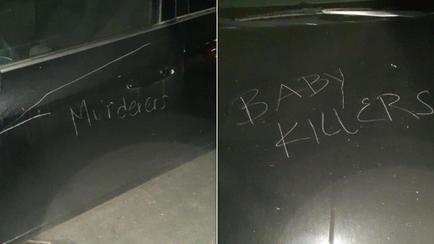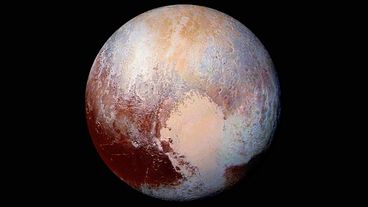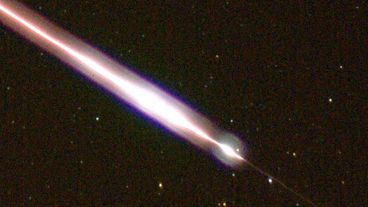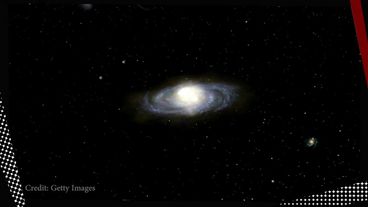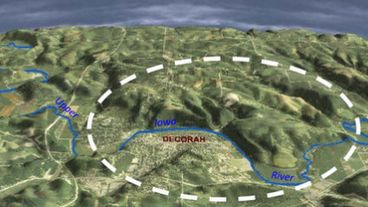Space
"This is an epic day for fans of our betentacled overlord."
The spacecraft caps a 3 billion mile journey, nine years in the making.
WHAT'S HAPPENING
What's the biggest known structure in the universe? A recent study may have found the answer -- and the structure's very existence has puzzled scientists. Meet the Hercules-Corona Borealis Great Wall (Her-CrB GW).
Buried beneath the rocks, dirt, buildings and roads of the city of Decorah, Iowa, lies a 470 million-year-old meteorite crater. Unlike the craters on the pockmarked surfaces of the moon and Mars, this crater can't be seen by looking down at Earth's surface, at least not by the human eye.
How's it all going to end? Being a cosmologist, I'm not talking about our new year, but about our universe, billions of years from now. This question has gotten me worrying about what I call the Big Snap.









